
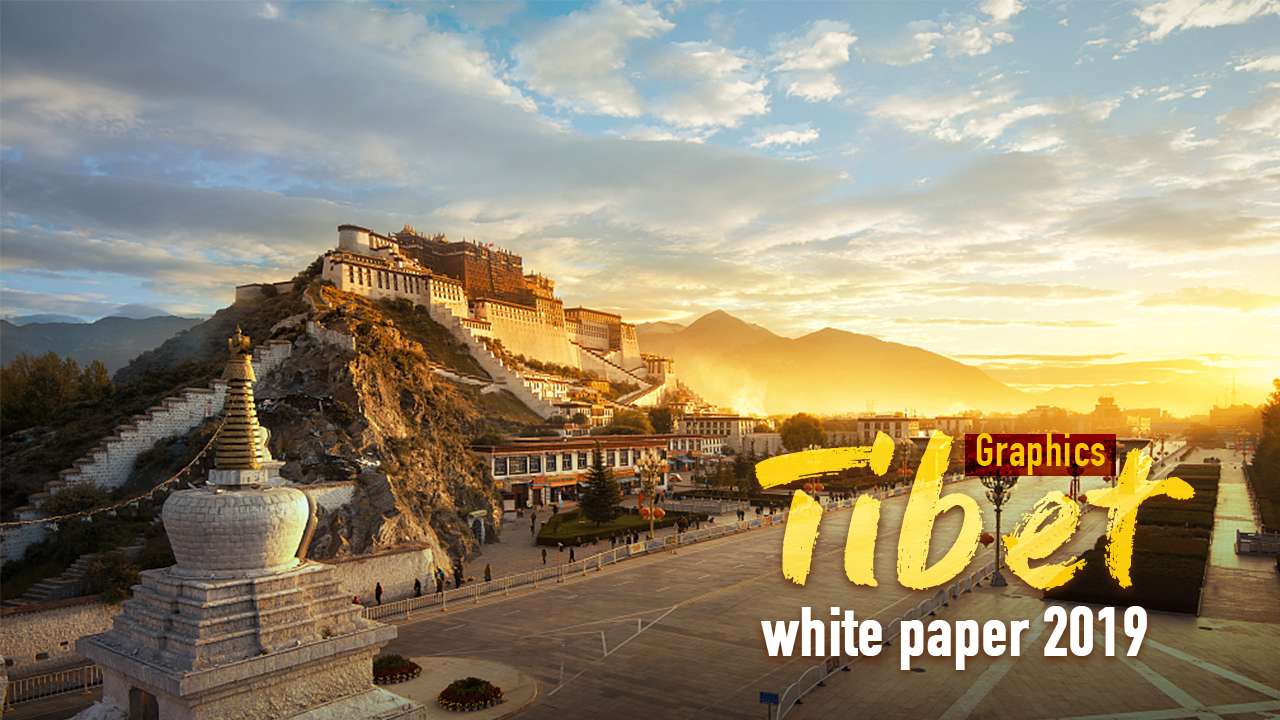
null
China issued a white paper on democratic reform and the leap of development in Tibet over the past six decades on Wednesday.
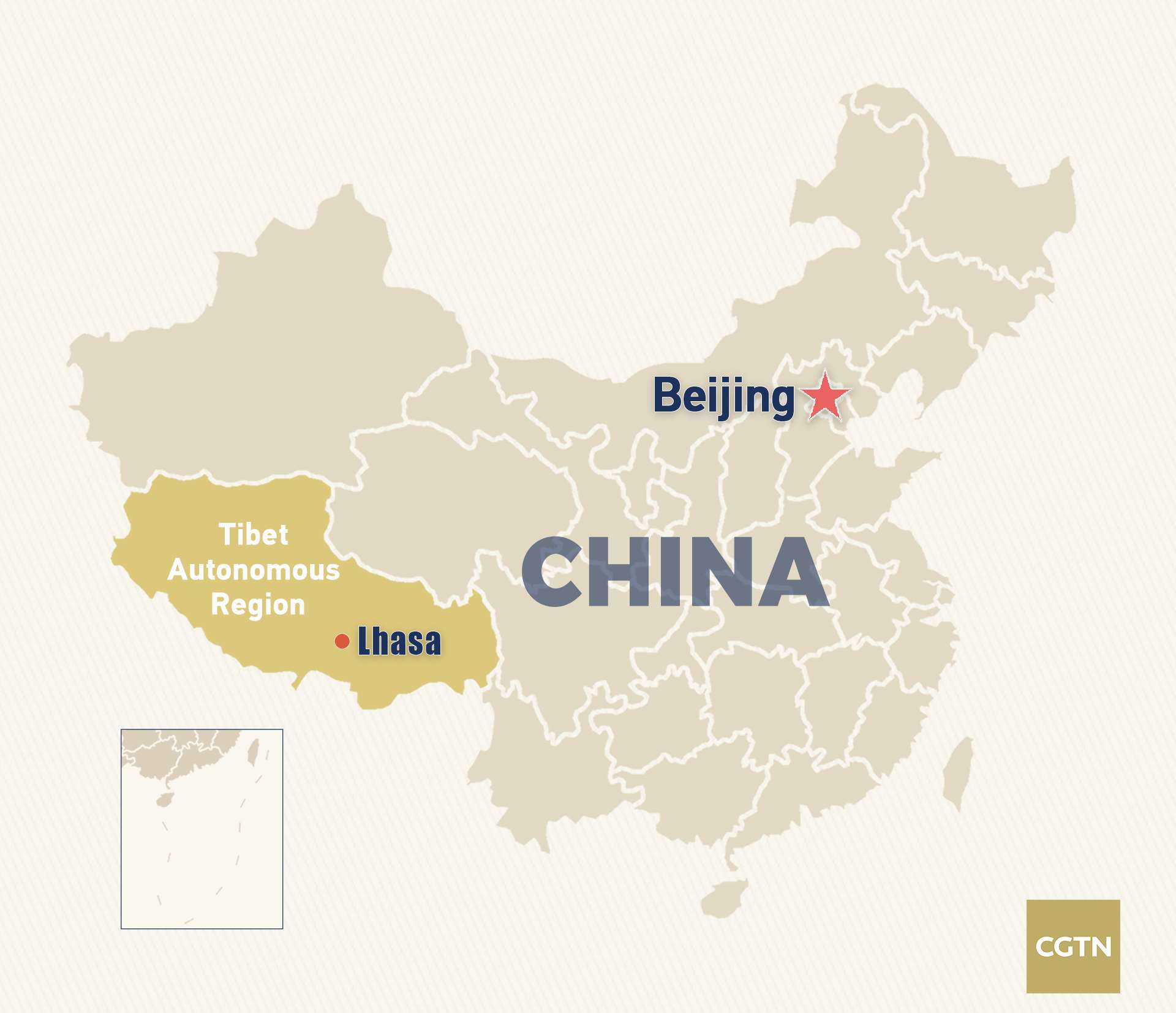
The year 2019 marks the 60th anniversary of the campaign of democratic reform in Tibet, which was lauded as "the greatest and most profound social transformation in the history of Tibet."
There was no exaggeration. For centuries, Tibet was ruled by feudal serfdom under theocracy. Millions of serfs were subjected to cruel exploitation and oppression until democratic reform in 1959.
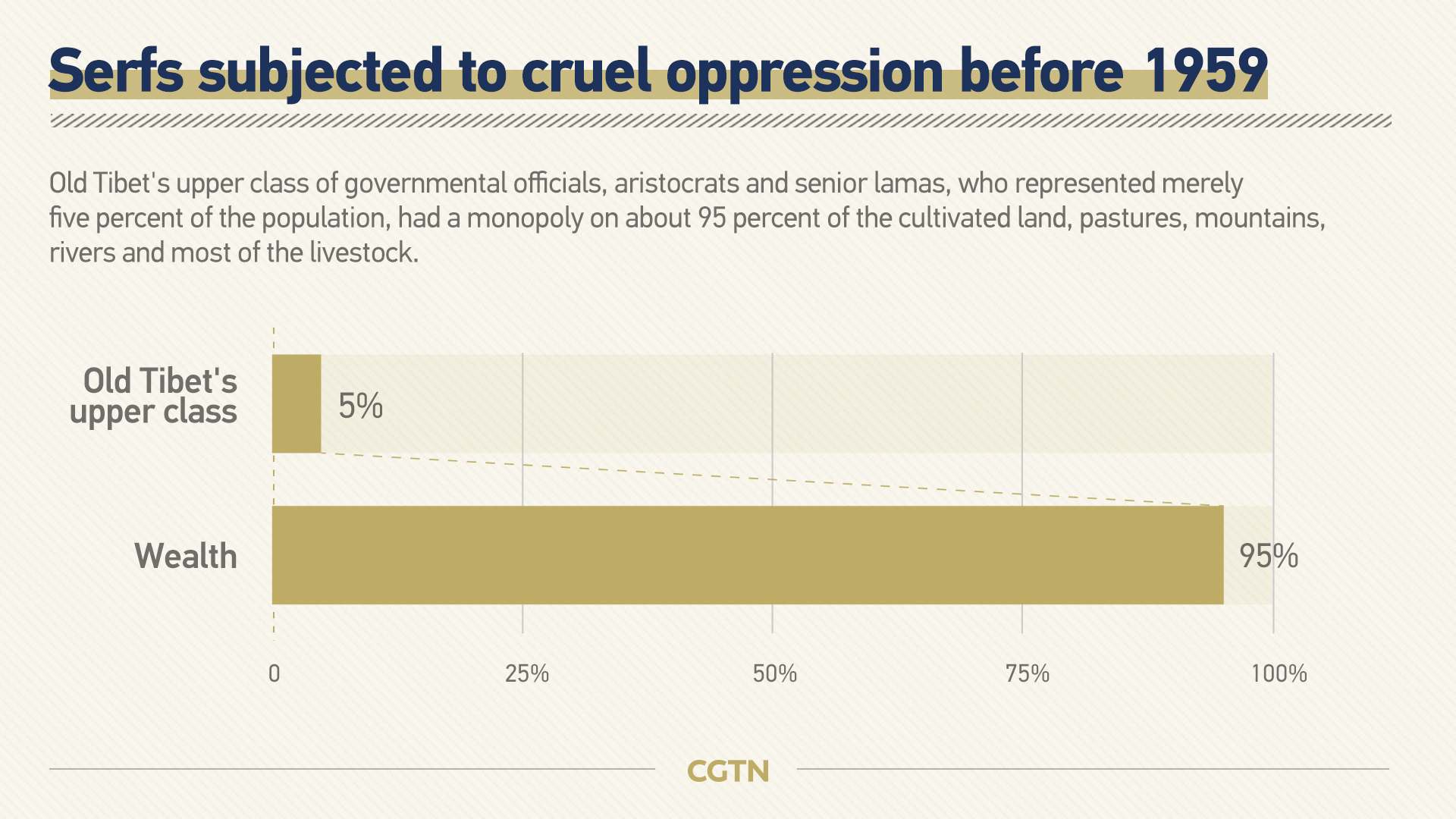
In old Tibet, serf owners decided a serf's fate and could insult, punish, trade, whip and even brutally kill their serfs at will.
Thanks to democratic reform, about one million serfs gained personal freedom and became masters of the new society. Their living condition has since improved dramatically.
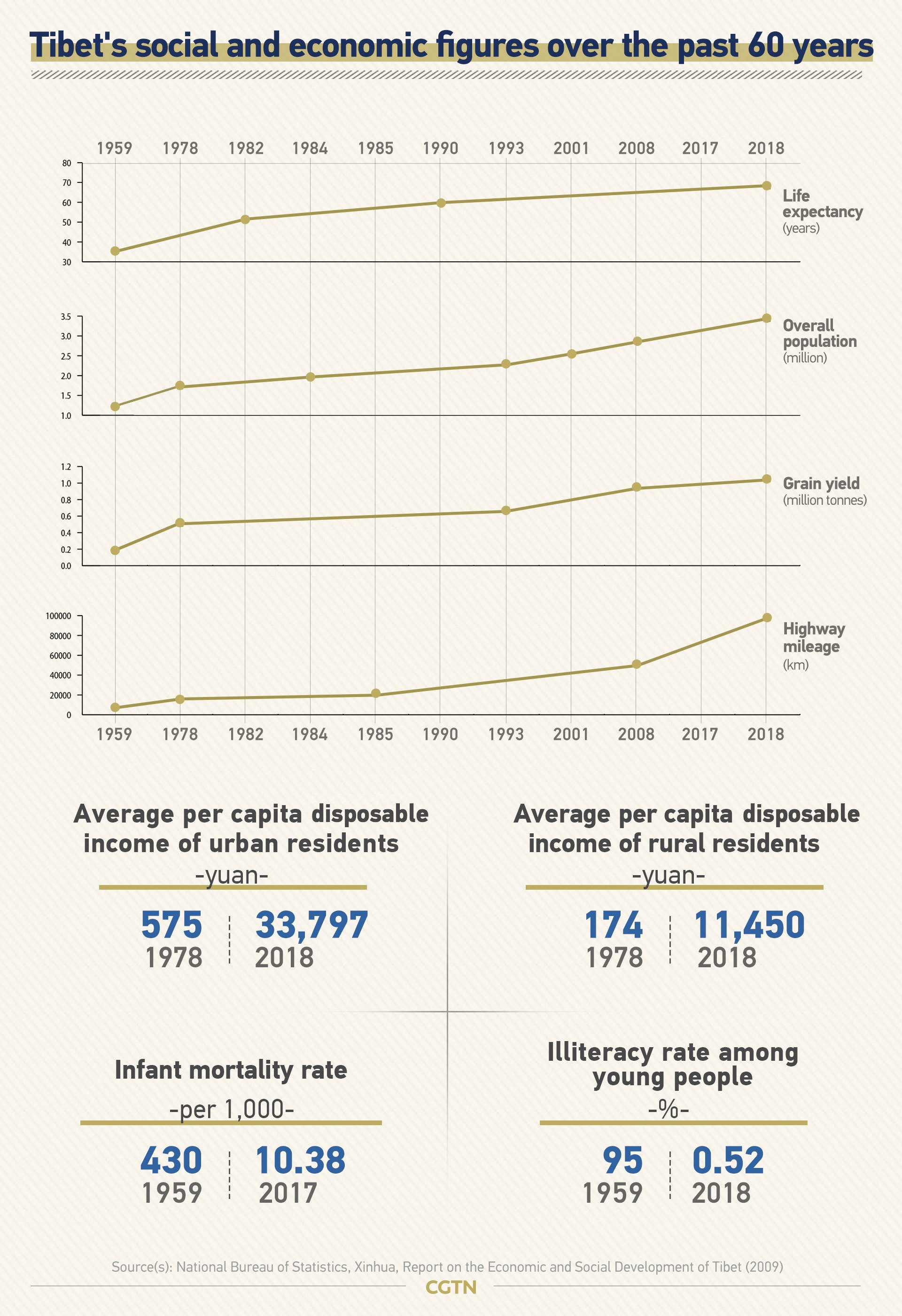
"By abolishing serfdom, a grim and backward feudal system, Tibet was able to establish a new social system that liberated the people and made them the masters of the nation and society, thus ensuring their rights in all matters," the white paper said.
Tibet's population has grown from 1.23 million in 1959 to 3.44 million in 2018, and the life expectancy of the people in Tibet increased from 35.5 years before 1959 to 68.2 years now.
The reform unlocked the region's potential for development as well.
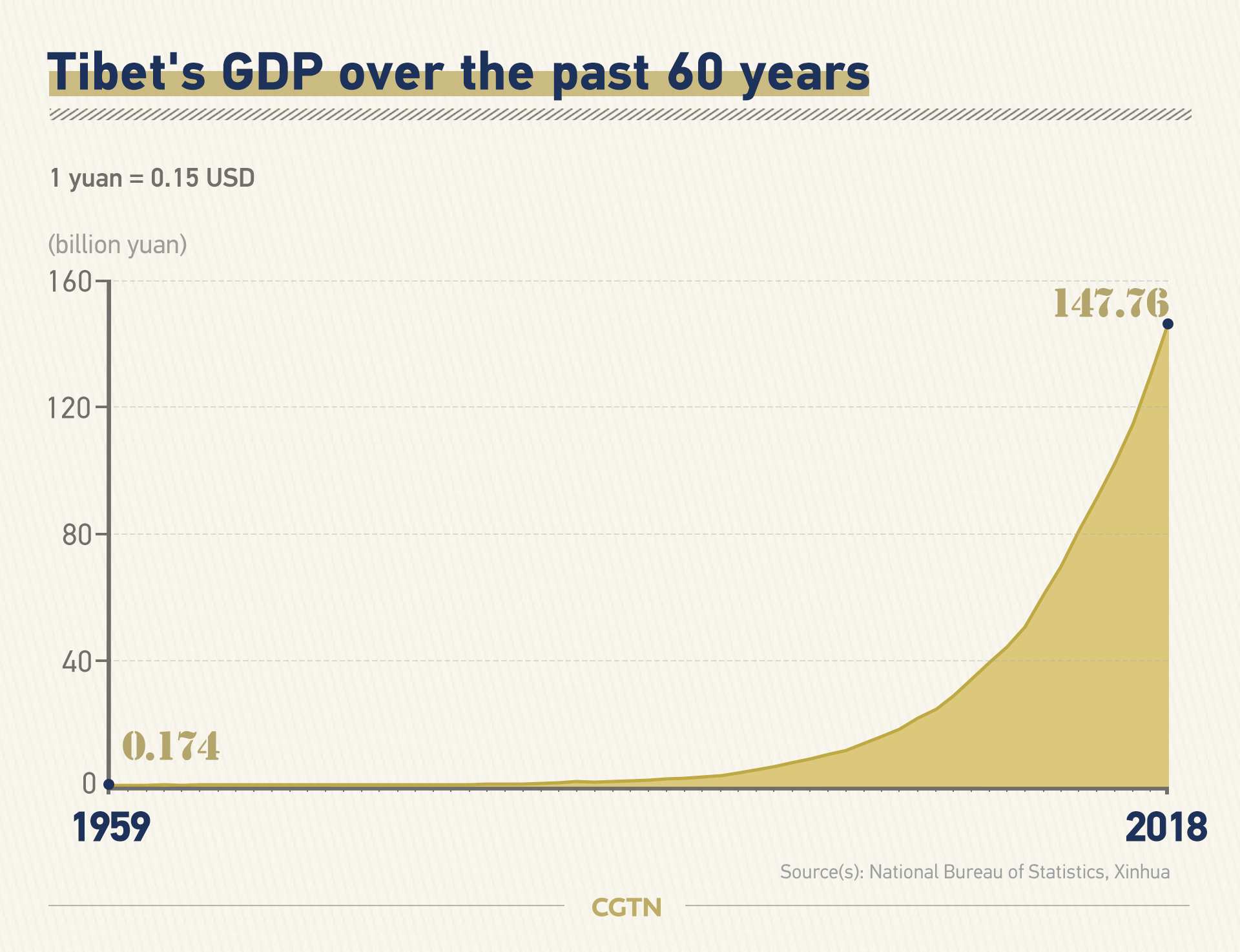
Tibet's GDP posted double-digit growth for 25 consecutive years as of 2017 and grew by 9.1 percent in 2018, among the nation's fastest.
Its 2018 GDP reached 147.76 billion yuan (22 billion U.S. dollars), about 191 times more than the 1959 figure, accompanied by a fundamental change and optimization in economic structure.
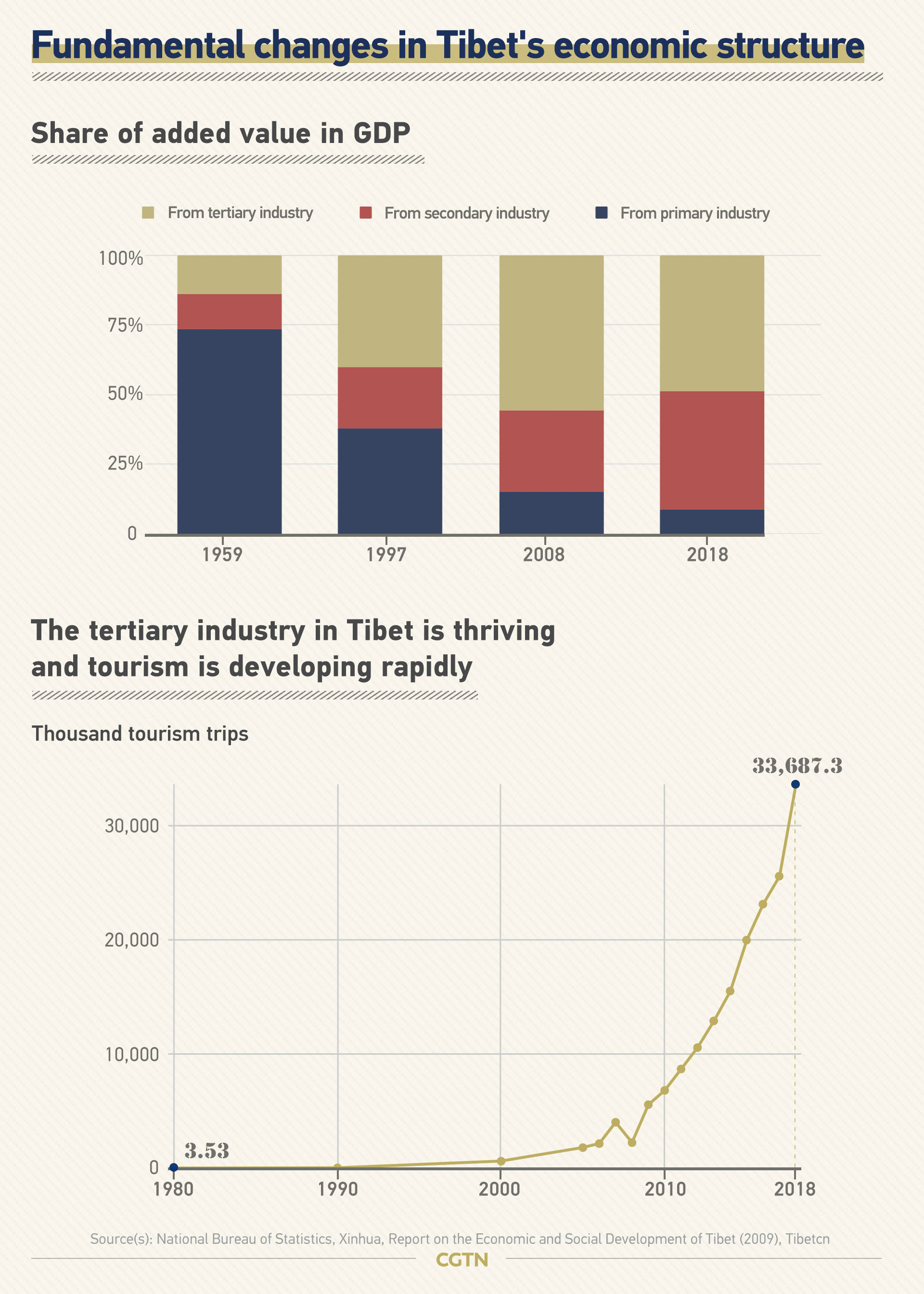
Tibet received more than 30 million tourists in 2018. Any foreigner who wishes to visit Tibet can apply through normal channels.
As a world-renowned tourist destination, Tibet has also seen significant progress in restoring biodiversity.
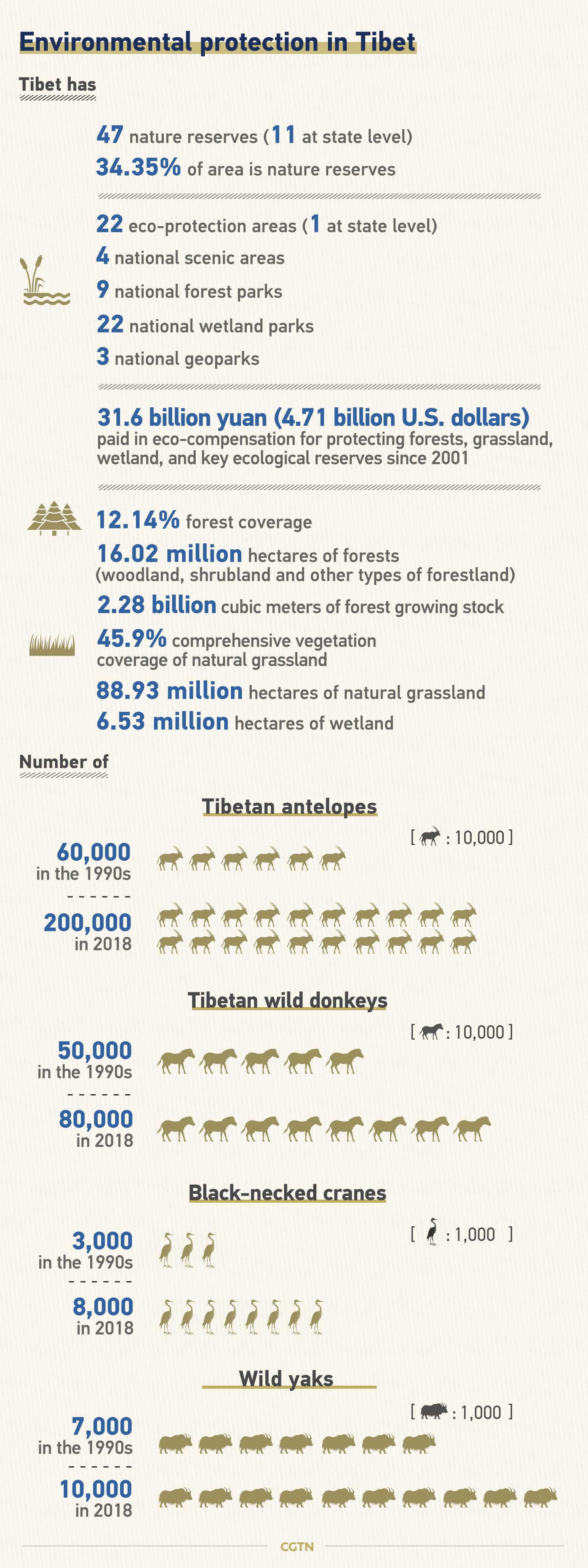
Tibet has become more open and more beautiful than ever. The sweeping democratic reform of the plateau region has changed almost everything, but the region's culture and tradition remain.
Freedom of religious belief in Tibet has been well protected after democratic reform. "Tibetan and other minority ethnic groups carry out their religious activities in accordance with native traditions," the white paper said.
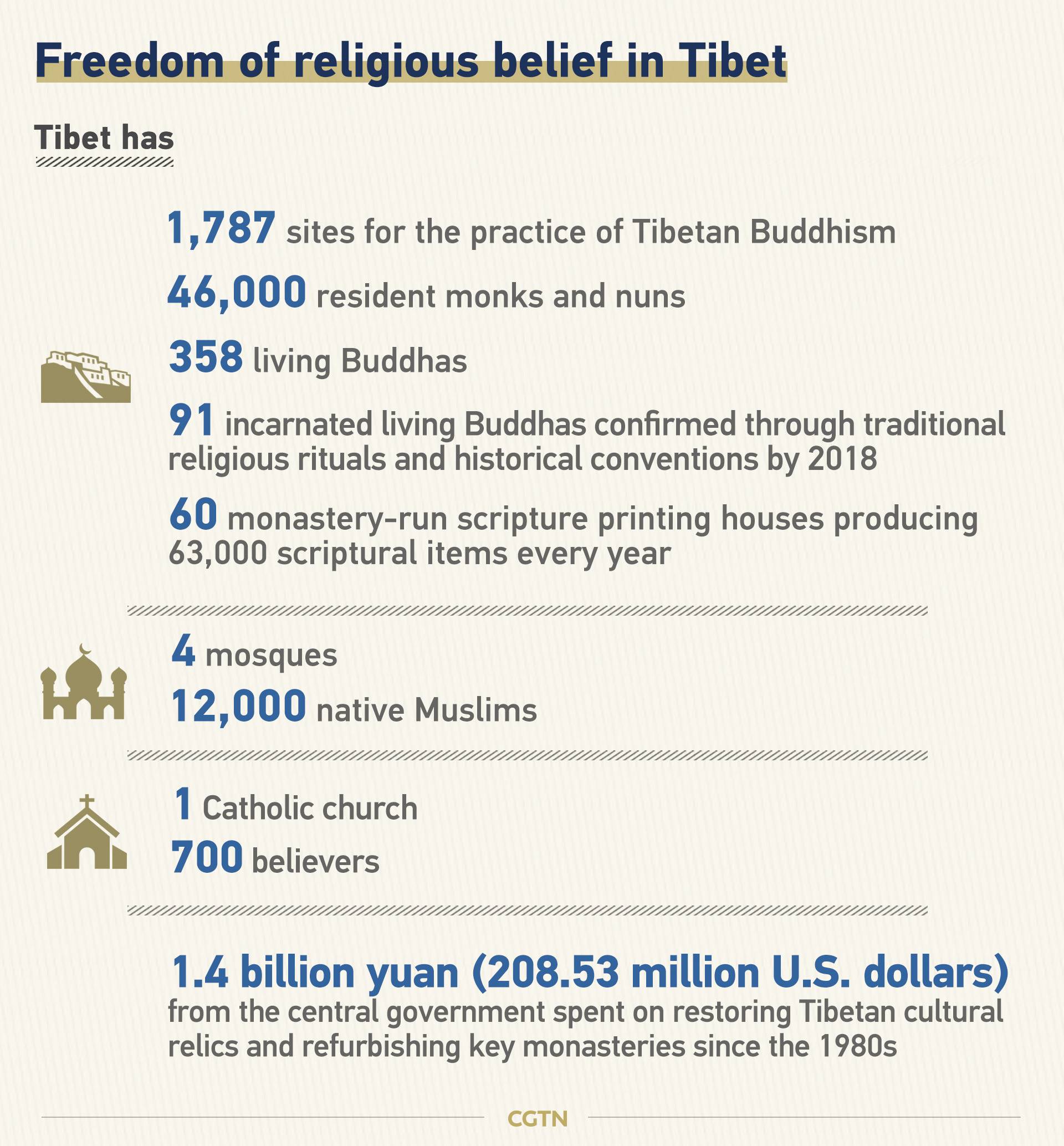
As the white paper concluded, "The leap of Tibet's development fully demonstrates that its democratic reform conformed to the historical trend of the times and the fundamental aspirations of all ethnic groups in Tibet, and met the people's real demand for social progress."
Graphics: Gao Hongmei
Cover image: Yin Yating

Copyright © 2018 CGTN. Beijing ICP prepared NO.16065310-3
Copyright © 2018 CGTN. Beijing ICP prepared NO.16065310-3